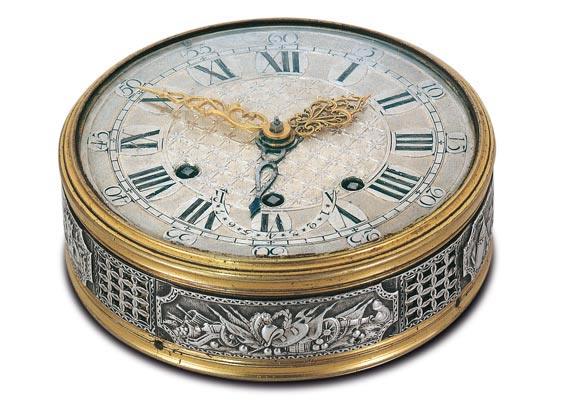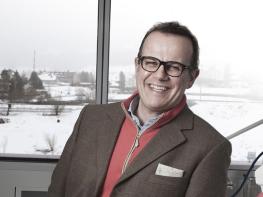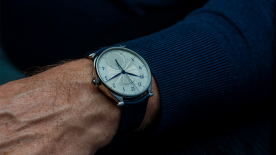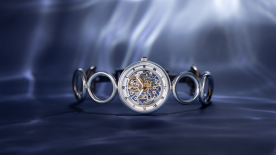Leroy has French origins. Is it today “made in France” or “Swiss Made”?
The first Leroy boutique was opened by Charles-Basile Leroy in 1785 in the arcades of the Palais Royal in Paris. The history of the brand continued through the 20th century and is going through a renaissance today.
Leroy has been owned by the Festina Group since 2004. In 2010, a decision was made to settle in Besançon, at one time the capital of French watchmaking where Leroy’s workshop was set up in 1889. Back then, it was important for Leroy’s watchmakers to be close to their Swiss suppliers and to the Besançon Observatory with which the brand wished to collaborate.
At first, our plan was for Leroy movements to be made in Switzerland and the watches assembled in France. We have since reconsidered that decision, and relocated to the Vallée de Joux, in Le Sentier, where Festina has a factory. This move allows us to have the “Swiss Made” designation. It is a better launching pad for us.
What other brands are comparable to Leroy?
Leroy has a rich history. So many brands that shall remain unnamed make up a past to give themselves credibility. But Leroy has signed timepieces and the authentic records that trace its history back to the 18th century.
The Leroy family of watchmakers created exceptional timepieces for generations. And that explains their exceptional clients that included Napoleon Bonaparte, Winston Churchill, Queen Victoria, Dwight Eisenhower, Antoine de Saint Exupéry, even Debussy and Matisse. All this is preserved in our archives.
Today, among the high-end brands of watchmaking, I would cite in the same benchmark, A. Lange & Söhne, Kari Voutilainen, Laurent Ferrier and Philippe Dufour, who create beautiful timepieces in an artisanal way.

Next November, Sotheby’s will auction the super-complicated Henry Graves watch. What is the most notable among Leroy’s historic pieces?
The most noteworthy is the “Leroy 01” that is part of the collections of the Musée du Temps in Besançon.
In 1867, Leroy made a watch with nine complications that impressed watch collectors around the world and in particular, the Russian Count Nicolas de Nostitz, who decided to order an even more complicated watch with 11 complications. That watch was then presented at the Universal Exhibition in Paris in 1878 and subsequently delivered to Count Nostitz.
In 1896, after the death of the Count, Doctor Antonio Augusto de Carvalho Monteiro, a Portuguese collector, acquired the watch. He asked Leroy to add even more complications. Leroy presented the new watch boasting 24 complications at the Universal Exhibition in 1900 where it won the Grand Prix.
The Leroy 01 remained the world’s most complicated watch until 1989, when it ceded that honour to the Patek Philippe calibre 89.

In the 1970, with the quartz revolution, Leroy faded from view, the fate of many mechanical watch brands. What is the next chapter for your brand?
The challenge for us, given that so much has been done by Leroy in the areas of chronometry, sports, military, marine, was to select an angle for our future development.
We chose the path of chronometric precision. The primary raison d’être of a mechanical movement is its precision. You can always add poetic complications, but to be credible, we felt we needed to continue on the path of precision.
We are aiming to produce 800 to 1000 pieces annually in the next few years with price points between 25,000 and 200,000 Swiss francs, notwithstanding the grand complications.
In the meantime, we must make our name known to the retailers. Our distribution network is limited for now. We are present today at Dubail in Paris, Hausmann in Rome, Pisa in Milano, Morini in Forte dei Marmi, and soon at Antoine de Macedo in Paris.
We have a magnificent card to play and it is all coming together.





